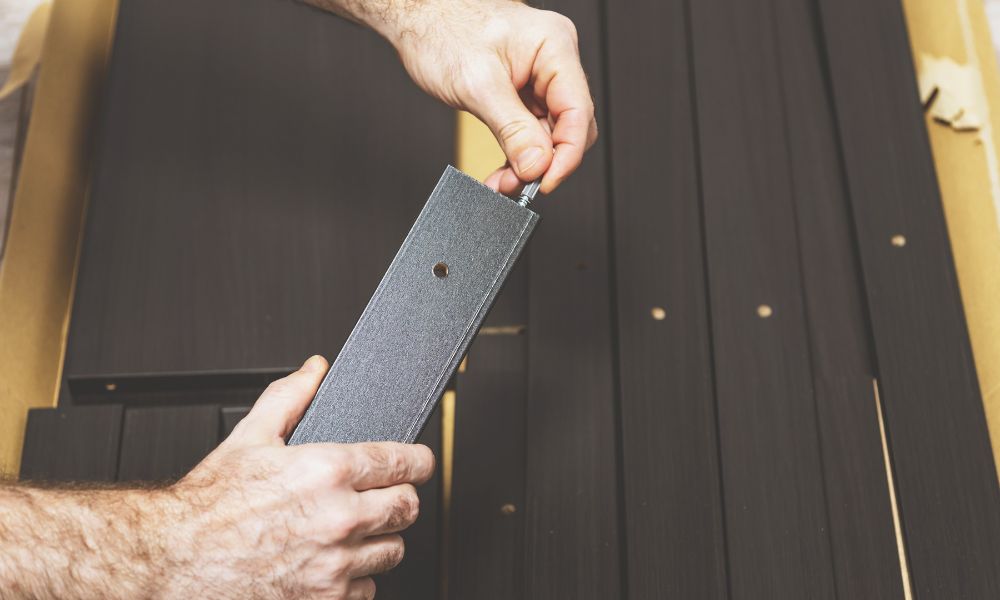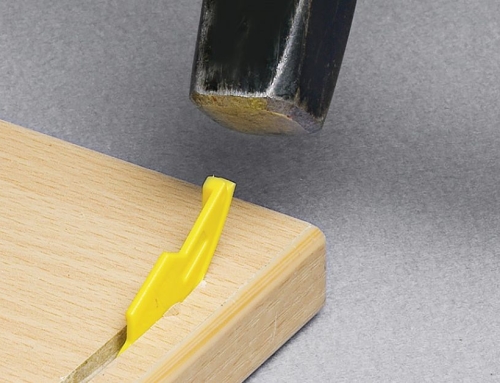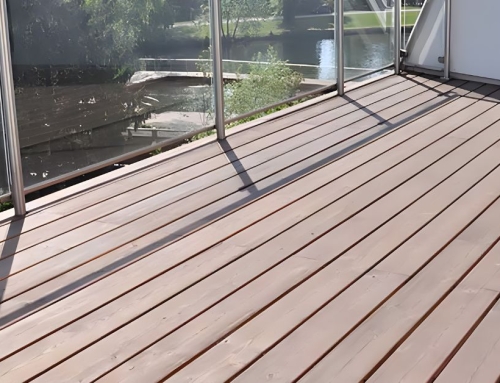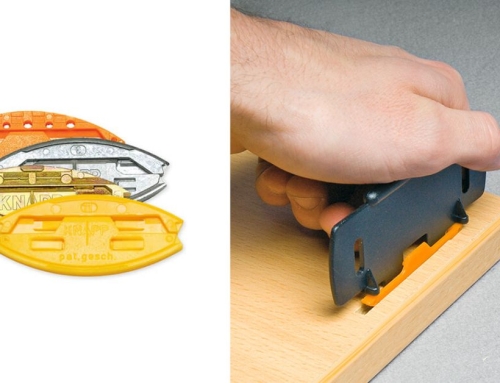If you’re passionate about woodworking, you know that choosing the right type of wood joint is essential for creating beautiful, long-lasting projects. Thankfully, there are several tried-and-true wood joints known for their durability. At Knapp Connectors, we know something about innovative wooden connecting. That said, allow us to highlight the top five strongest types of wood joints enthusiasts can trust for top-notch results.
Mortise and Tenon Joint: Traditional Strength
Mortise and tenon joints have stood the test of time for their remarkable strength. This traditional joint involves a projecting piece of wood, called a tenon, securely fitting into a corresponding cavity, a mortise. It can be reinforced with glue or wedges for stability for a stronger hold.
This dynamic duo is widely used because it creates robust and durable connections. They are commonly applied to woodworking projects like frames, tables, and chairs.
Dovetail Joint: An Elegant Classic
The dovetail joint is a fantastic choice for creating long-lasting projects that are visually appealing. This joint involves cutting interlocking pins and tails into the wood, resulting in a strong, tight-fitting bond. With its exceptional strength and durability, the dovetail joint is resistant to pulling apart, making it perfect for drawers and furniture pieces.
Lap Joint: Simple and Functional
Lap joints involve overlapping two pieces of wood and fastening them together using glue, screws, or nails, making them versatile joints suitable for simple and complex woodworking projects. These joints offer a solid connection in various applications and can be reinforced with additional fasteners. They are quick, easy to make, and adaptable to meet different project requirements.
Finger Joint: Strength in Numbers
Finger joints are formed by cutting interlocking fingers into the ends of two pieces of wood, which are then joined with glue. This type of joint offers a secure and flexible connection, making it perfect for applications with varying angles. Its benefits include an increased surface area for glue application, suitability for corner joints in boxes and cases, and the ability to accommodate wood expansion and contraction.
Box Joint: A Perfect Fit
Similar in design to the finger joint, box joints consist of square-shaped pins and sockets that fit together seamlessly. This joint offers a unique combination of beauty and strength, making it an excellent choice for various woodworking projects. Box joints provide a tight and secure bond with a visually appealing and traditional design. They are ideal for joinery in cabinets and boxes.
Now that you’re familiar with the strongest types of wood joints, it’s time to put this knowledge to work! Start incorporating these durable joints into your next woodworking project and experience the satisfaction of creating lasting masterpieces. We offer innovative wooden solutions like hidden cabinet connectors and dowel joinery. If you want more woodworking tips, browse our website for tips, tricks, and information about wooden joints.





